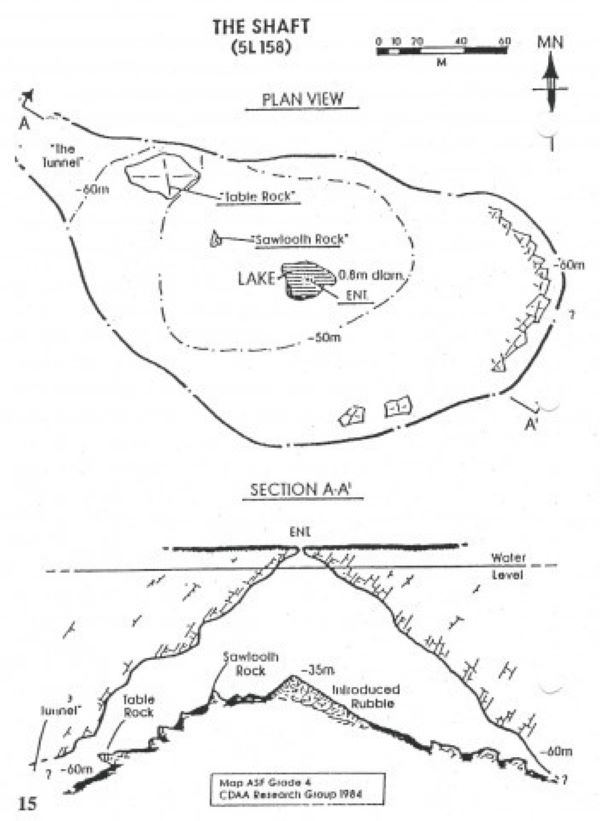Introduction
Australia’s great and diverse land is equally matched by its spectacular underwater environments.
Whether you regard Australia as the World’s smallest continent or the World’s largest island, as our national anthem says, “Our home is girt by sea”.
The mainland coastline is nearly 36,000 kilometres (23,000 miles) and, if the numerous off shore islands are included, it is nearly 60,000 kilometres (40,000 miles).
That’s a lot of snorkel and scuba diving!
It is easy to understand why Australia is one of the most dived countries in the World, most of Australia’s nearly 27 million people live on the coast plus there are millions of tourists who visit Australia each year.
Whilst the Great Barrier Reef, which stretches for almost 2,300 kilometres (1,400 miles), is the pinnacle destination, most people, including divers, are simply not aware of the great diving the rest of Australia, particularly Southern Australia, has to offer.
The diving featured in ‘50 Great Dives’ has been chosen to best represent Australia’s amazing underwater diversity.
Aside from the fabulous Great Barrier Reef, Australia also offers divers hundreds, if not thousands, of other incredible dive sites.
The wonderful diving opportunities presented in ’50 Great Dives’ includes ship wrecks, such as the second largest diveable shipwreck in the World, seven ex-HMAS warships and an oil drilling rig; incredible jetty dives including the longest wooden pile jetty in the Southern Hemisphere; exhilarating animal interactions with great white sharks, whale sharks, grey nurse sharks, manta rays, green turtles, huge potato cod, dolphins, dwarf minke whales, humpback whales, sea lions, and giant cuttlefish; excellent sinkhole and cave diving; and awesome giant kelp forests.
Australian waters also have an absolutely bazaar collection of unique marine creatures, they include exquisite leafy seadragons, bizarre handfish, bedazzling blue devil fish, docile Port Jackson sharks and mesmerising giant cuttlefish.
The hope is that ‘50 Great Dives’ inspires not only Australian divers, but divers from around the world, to venture beyond the Great Barrier Reef to discover the other great secrets found beneath our waves.
Steve Sinclair
PS My Great Australian dive? The Shaft!


The Shaft
Mount Gambier, South Australia
In a windswept paddock on Ashby’s Farm, a short distance from Mount Gambier, there is a tiny hole in the ground barely big enough for a person to slip through.
This hole is the entrance to one of the best and most unique sinkhole dives in the World, ‘The Shaft’.
Who would have thought that beyond such a small hole there was a huge cavern with a diameter as big as a football field, filled with crystal clear water extending to a depth beyond 60 metres (200’)?
Certainly not the farmer, who a long time ago, tried in vain to fill it!
His attempts are responsible for the ‘Rock Pile’ at 35 metres (115’).
The Shaft has a sad history though.
It was very popular dive in the late 1960’s and early 1970’s but unfortunately, in 1973 four divers, three men and one woman, lost their lives diving too deep without redundant air or guidelines and the effects of Nitrogen Narcosis.
The tragedy prompted the formation of the Cave Divers Association of Australia (CDAA) in an effort to self regulate cave and sinkhole diving.
Despite the formation of the CDAA, the South Australian Government still banned the dive until 1984.
The Shaft can now only be dived with a CDAA Basic Cave qualification.
The Shaft’s water level is about 10 metres (30’) below the tiny hole in the paddock and requires a rope ladder and winching equipment to reach a small ledge where divers can gear up.
At the ‘Rock Pile’ in 35 metres (115’) the sinkhole has a diameter of over 170 metres (550’)!
The enormity of The Shaft can only be appreciated when underwater.
The best time to experience the shaft of sunlight, which gives the sinkhole its name, is during the summer months when the sun is higher in the sky.
The Shaft is a dive that fulfills any of the superlatives used to describe a great dive.
Copyright © 2024 Steve Sinclair
